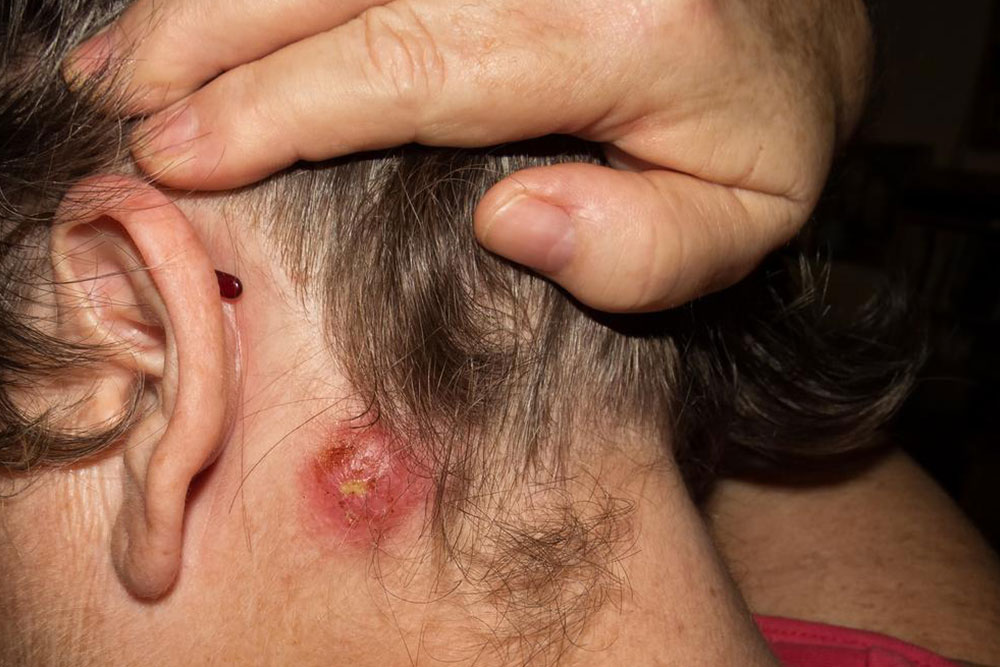How can you spot the signs of staph infection
The bacteria that causes staph infection is called staphylococcus aureus bacteria. Usually this bacterium doesn’t cause any infection and is in fact harmless. However, the infection can occur when this bacterium multiplies after entering the body.
It is common to have this bacteria that causes staph infection living under your nose as you are reading this. There are many ways to know the signs of staph infection. Though this is not a fatal infection as long as it is limited to the skin, but once and if the infection enters the bloodstream, lungs, urinary tract or heart, it can be fatal.

The infected person will get a fever with rash as one of the early signs of staph infection. This can also be symptoms of other skin related infections and diseases, and that is why you need to get a diagnosis done to start the right treatments.
Shortness of breath and chest pain could be one of the signs of staph infection entering the blood. If you get these signs then get an immediate medical help so through treatments and cure you can prevent the infection from entering the bloodstream.
If you notice a painful rash and boils with pus in them, then that is because of a staph infection. As signs of staph infection, you will get swelling in the area with pain that includes fever and chills and low blood pressure or hypo tension.
Staph infections start from the skin and if left untreated can enter the bones or the bloodstream. Signs of staph infections are easy to identify as the symptoms will appear on the skin first. If you see an area that looks like an infection and gives the site of an injury, it could be a staph infection.
A crusty weepy rash can be another symptom of staph infection. Staph causes other skin infections that can be a considered as symptoms of staph infections, such as, impetigo, cellulitis, boils and staphylococcal scalded skin syndrome.
Impetigo is a contagious painful rash that consists of large blisters that may ooze fluid or pus.
Cellulitis is an infection that affects the skin and the deeper skin (tissues beneath the skin). When you get cellulitis, you will see redness, pain and tenderness. Though this infection can occur anywhere in the body, you will see it mostly affecting people in their legs.
Getting a medical attention at the sight of any of the aforementioned signs and symptoms is advised.